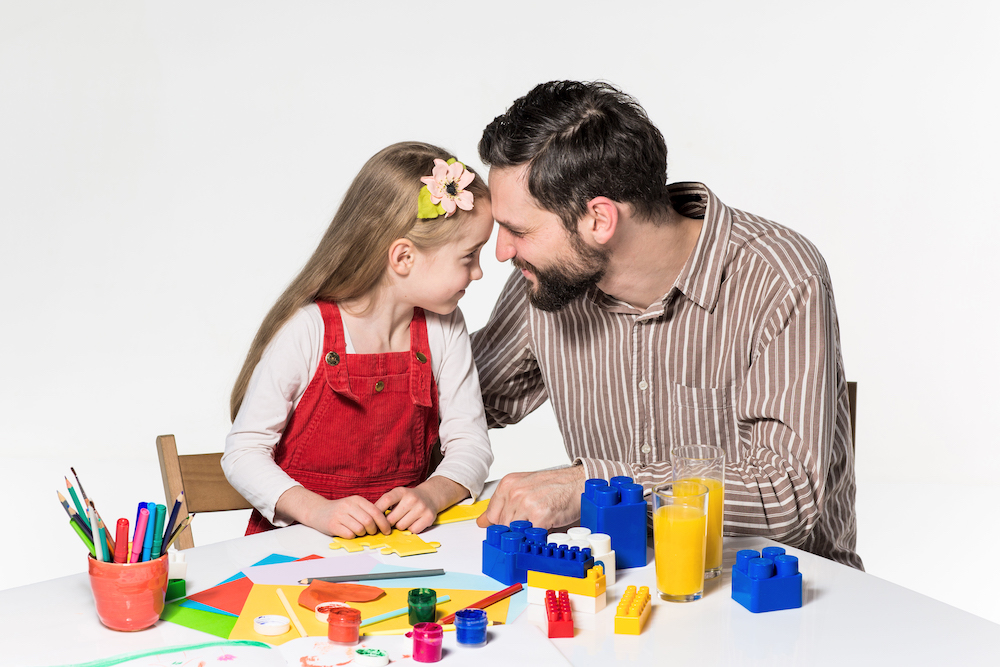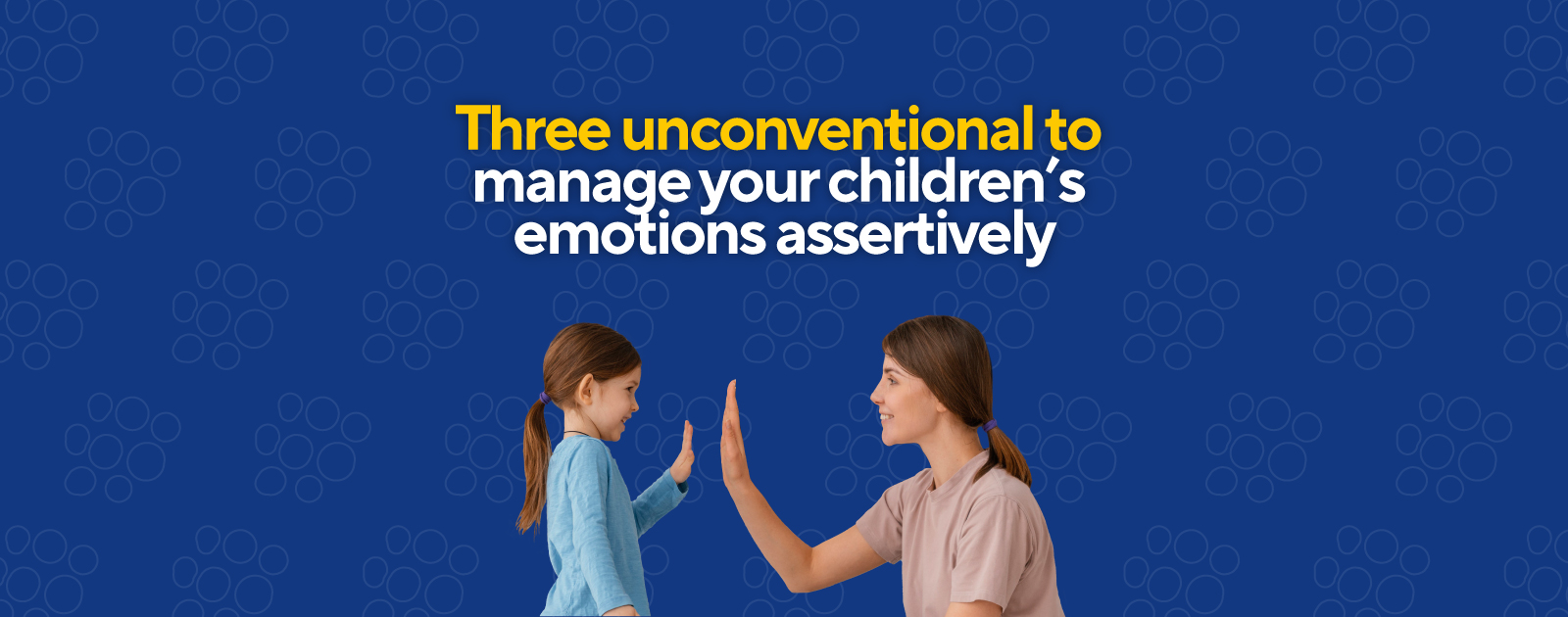As adults we go through phases and challenges alongside the boys, girls and teenagers throughout of their growth. Although we had understood the importance of recognizing, accepting and living with a wide array of emotions and feelings, it will depend on this process that our children manage to set positive goals, feel and show empathy for others, sustain positive relationships and make assertive decisions they can assume with responsibility; in fact emotional response patterns often established in childhood, largely in response to adults reactions and behaviors.
Contact us here to know more about the holistic learning model of CIEDI School. Let’s make a school-home team!
At one time, in a CIEDI Parents meeting from pre-school, several parents shared their latent concern ‘We do everything theory teaches us, but sometimes the triggers are more intense, and its seems that stopping in time before diving into this cycle is not easy. What can we do?”
Acquiring abilities involves developing new behaviors, so I want to share with you some unconventional practices that is have learned from Dr Bethany Cook, American clinical psychologist and university professor, who has encouraged me to take conscious pauses/breaks that help to break the cycle of reactivity.
Three conscious breaks to manage emotions with your child:
- Agree on and make use a keyword as a warning, alert or reminder:
- Create a keyword with your child; the effect will be much more meaningful if it is a funny or nonsensical word (i.e. ¡banana!)
- When you get angry and you identify this emotion can escalate quickly, focus on one thing: You must say the keyword out loud, perhaps even repeat it several times
- I know you initially will end up screaming the keyword, something like (“ ¡grrrr! ¡ BANANA!”), but remember it can help to cool down the situation.
- You can also give a hint to the boy or girl by saying: “it’s time to calm down” it is important for him or her to understand that this warning goes for you as well.





